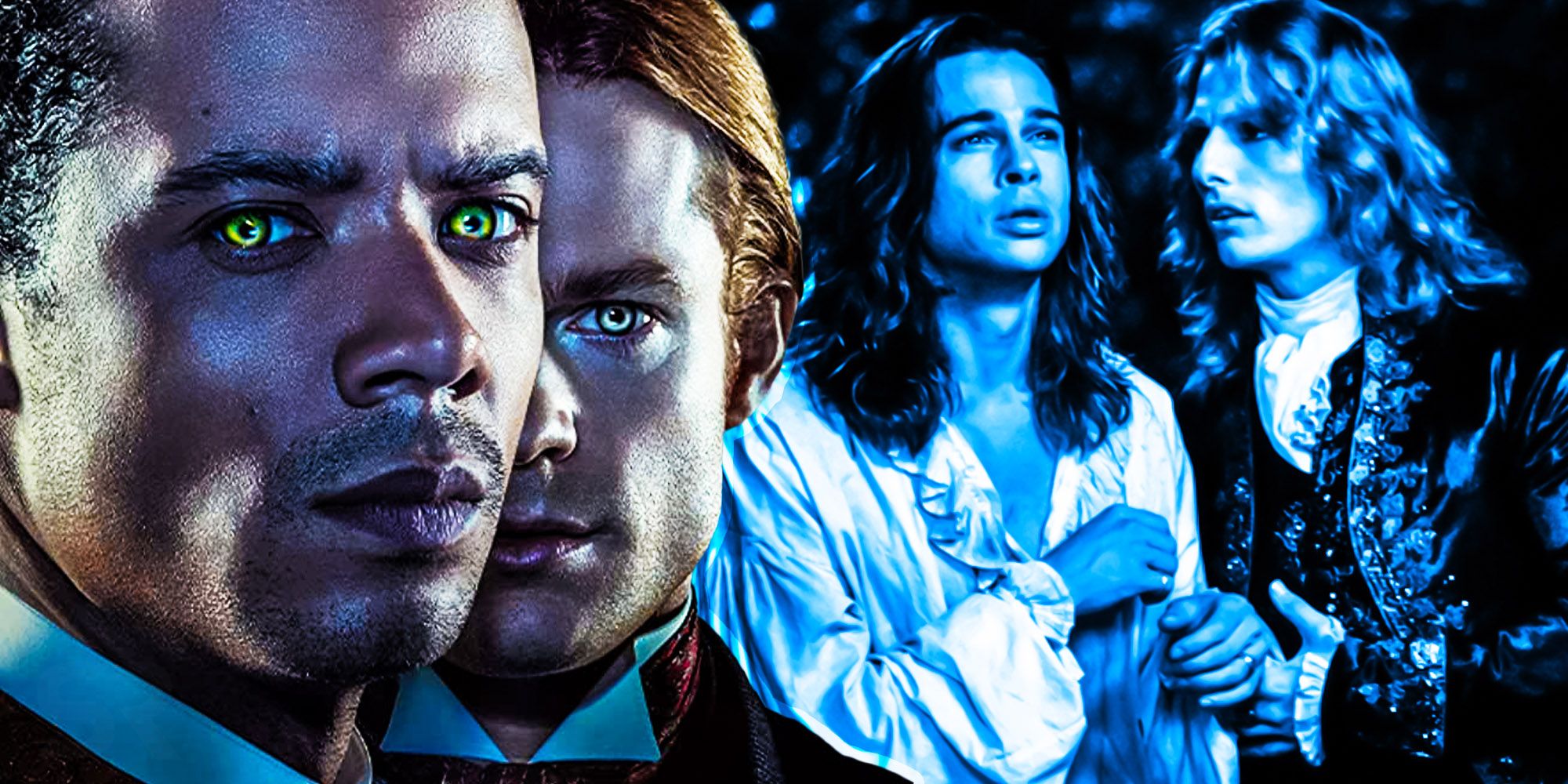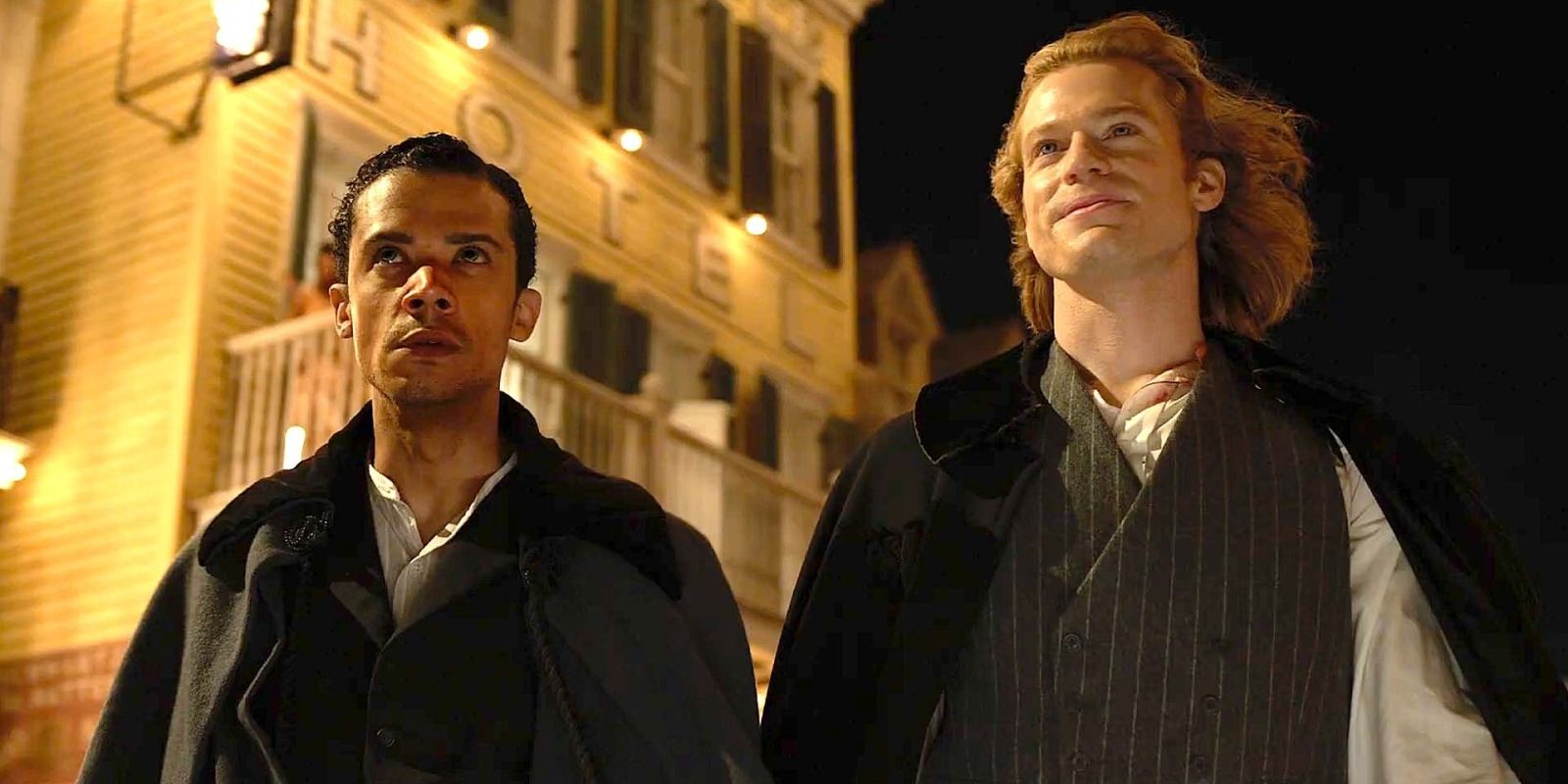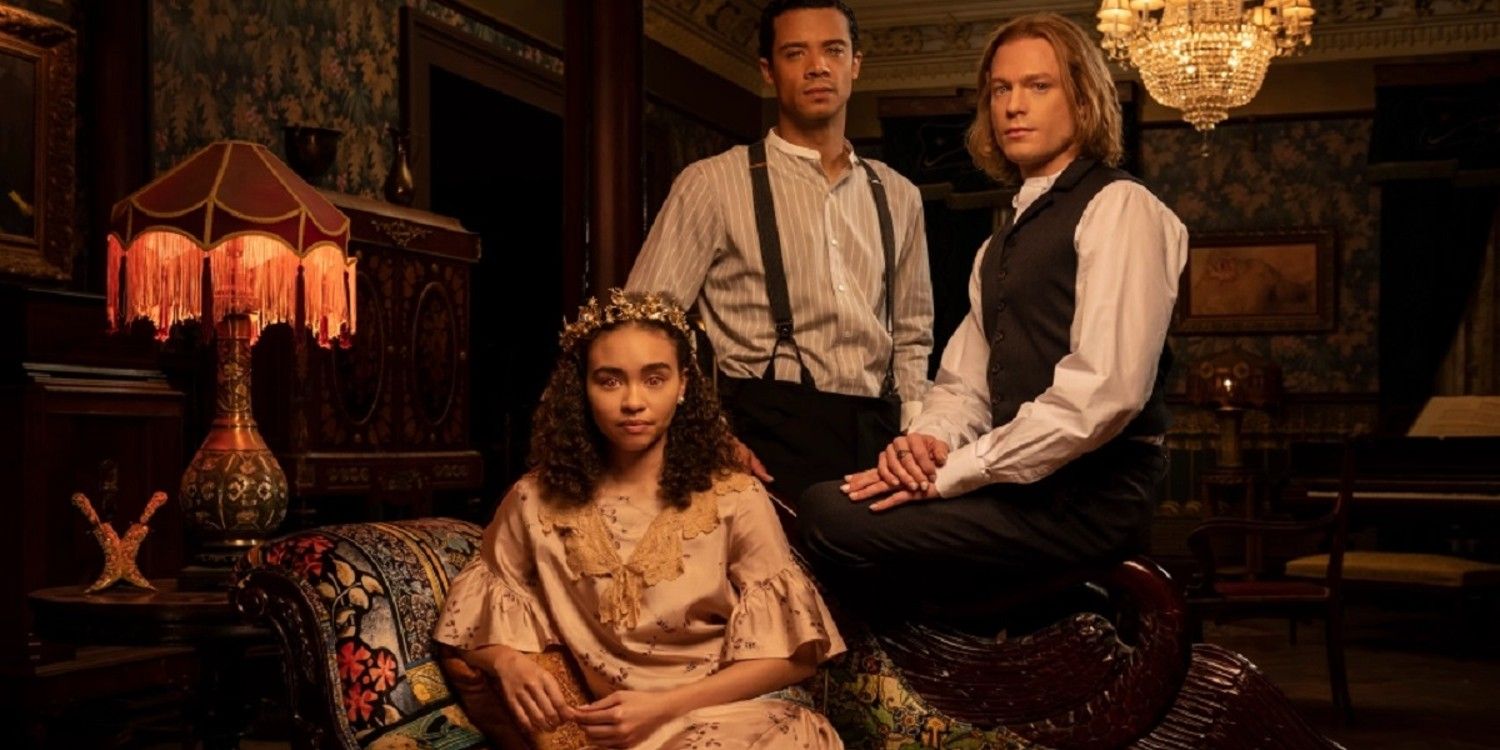One of the biggest changes made in AMC’s adaptation of Anne Rice’s novel Interview with the Vampire is the setting of the novel’s flashback scenes. This change brings the story forward into the present, making Louis a much younger vampire. Ultimately, this change is positive, helping to avoid one of the original novel’s major issues that could have turned off contemporary audiences.
In Rice’s original novel, published in 1976, Louis is a white slave owner living in the 18th-century American South. By contrast, the TV series begins in the New Orleans neighborhood of Storyville in the 1910s and re-imagines Louis as a Black street criminal and fixer. This change means that Louis is only about 100 years old during his interview with Daniel Molloy, as opposed to the almost 200-year-old vampire of Anne Rice’s novel series, but it also has a much bigger impact on the tone of the story and how the audience experiences it.
How AMC’s Interview With The Vampire Solves A Book Problem
Anne Rice’s Interview with the Vampire was hugely influential, but its use of the Antebellum South as a setting is one part of the story that has aged the worst. Louis being a slaveowner isn’t just an incidental detail that can be brushed over, but rather plays a major role in the novel’s plot, with Lestat feeding on Louis’s slaves, who later rebel. Interview with the Vampire relies on the reader or viewer, like Molloy, being at least somewhat seduced by Louis, just as he is seduced by Lestat despite his lack of morality.
Other vampire series have had this issue, with Twilight’s Cullen family backstory including one member being a Confederate soldier, but with most of the action of Interview with the Vampire being set in the past, it would be impossible to brush under the rug. Having Lestat and Louis preying on slaves would make them too immediately villainous to a modern, more racially-aware audience, and hard to invest in. Changing the setting to 1910s New Orleans allows the story to deal with historic racism while still giving its Black characters a level of agency, making Louis much more sympathetic even as he fails to live up to his own moral standards.
Changing Interview With The Vampire’s Setting Makes The Show Its Own Story
One of the most challenging parts of adapting a well-known book is the inevitable comparisons with the source material, with any change risking alienating the already-existing fanbase. Series like Game of Thrones have received criticism when diverging from its source material. The Interview with the Vampire TV series makes much more drastic changes to the book, including changing the role of the interviewer from a young unnamed boy to the older journalist Daniel Molloy, but hasn’t received as much opprobrium from fans, perhaps because it so clearly marks itself as a re-imagining.
By immediately foregrounding a very different setting, and a very different Louis, AMC’s Interview with the Vampire immediately indicates to fans that it is a looser adaptation of Rice’s novels. The change also helps to distinguish the series from the well-known 1990s movie, which retained the book’s original setting. In the early 1900s South, the Interview with the Vampire TV show finds a setting that allows it to retain the spirit of the original novel while being its own distinct entity.



